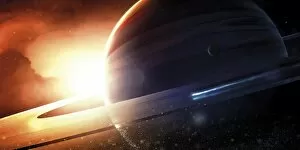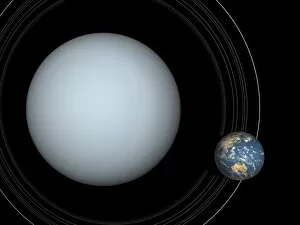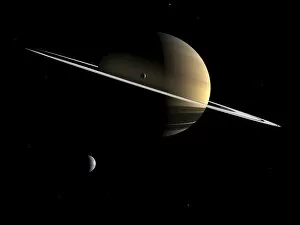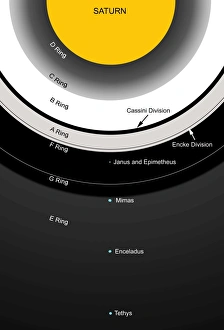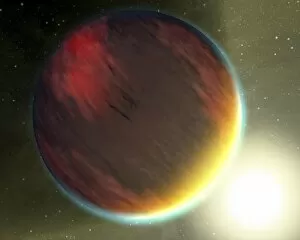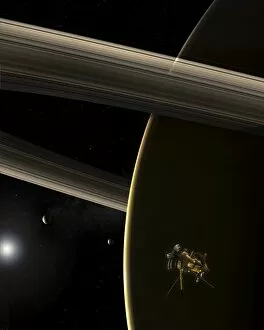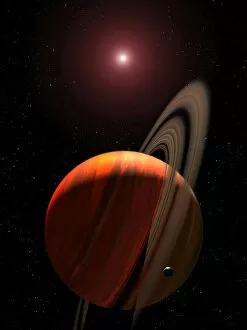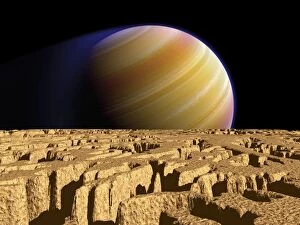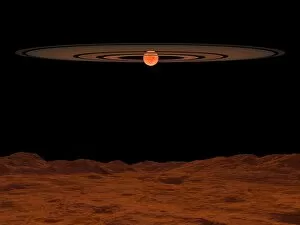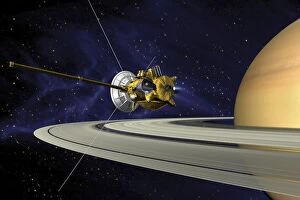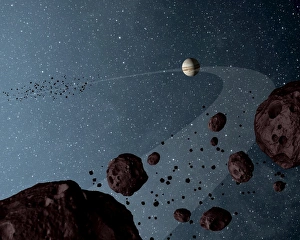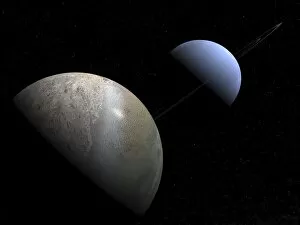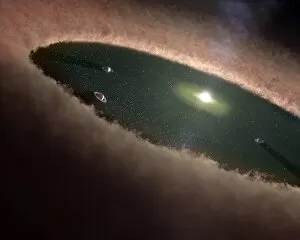Gas Giants Collection (page 4)
Gas giants are the majestic behemoths of our Solar System, captivating us with their immense size and breathtaking beauty
All Professionally Made to Order for Quick Shipping
Gas giants are the majestic behemoths of our Solar System, captivating us with their immense size and breathtaking beauty. Through stunning artwork and incredible space missions, we have been able to explore these celestial wonders like never before. Among the many planets in our Solar System, gas giants stand out as true giants. From Jupiter's mesmerizing bands of clouds to Saturn's iconic rings, these colossal worlds leave us in awe of their grandeur. The Cassini spacecraft has provided us with unprecedented views of Saturn and its moon Titan. As it orbited this magnificent planet, Cassini unveiled a world filled with swirling storms and ethereal landscapes that seemed straight out of a science fiction movie. But it is not just Saturn that holds secrets within its moons. Uranus' moon Miranda boasts a gigantic scarp on its surface, revealing the violent geological history that shaped this enigmatic satellite. Beyond our own Solar System, artists have imagined what other gas giants might look like. Their concepts depict two Saturn-sized planets discovered by the Kepler mission - distant worlds shrouded in mystery yet brimming with possibilities. Returning closer to home, we marvel at Uranus itself - an icy giant spinning on its side amidst a sea of stars. Its unique tilt adds another layer of intrigue to this already fascinating planet. Saturn continues to captivate us from every angle imaginable. Imagine standing on one of its moons, Rhea, gazing up at the ringed wonder dominating the sky above you - an experience beyond imagination. To truly comprehend the scale of these gas giants compared to Earth, illustrations show them side by side. The sheer magnitude is humbling; reminding us how small we are in comparison to these cosmic powerhouses. And occasionally, rare events occur in our night skies that remind us just how vast and dynamic our universe truly is. Chiron passing near Saturn serves as a reminder that even among such massive entities there is constant motion and change and can not just distant objects in the sky.







